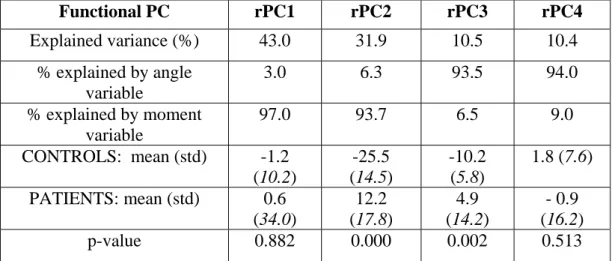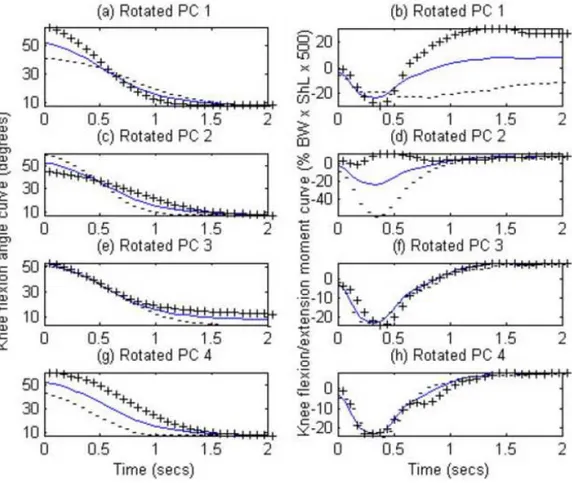Analysis of multiple waveforms by means of functional principal component analysis: normal versus pathological patterns in sit to stand movement
Texto completo
Figure




Documento similar
In this sense, the scores of the Positive Behavior Questionnaire in the Educational Dance classes (CCPDE) have been related to the factors of the Basic Psychological Needs
The faculty may have uploaded some file with the complete timetable by subjects.. 7) Scroll down and click on the academic course. You will find all the classes grouped by
In particular, in the mentioned references, the authors proved that the linear and semi-linear heat equations are controllable to any positive steady state or trajectory by means
The second is based on dimension reduction by using functional principal component analysis of the sample curves (FPCA) and testing multivariate homogeneity on a vector of
In the preparation of this report, the Venice Commission has relied on the comments of its rapporteurs; its recently adopted Report on Respect for Democracy, Human Rights and the Rule
In this analysis, degree-mobility students show patterns related mainly to three factors, of which two are predominant. In the first place, they seem to be concerned about academic
Astrometric and photometric star cata- logues derived from the ESA HIPPARCOS Space Astrometry Mission.
To do this we used specific data analysis to address two different problems: (1) the design and analysis of the magnetic experiments to estimate the remanent magnetic moment



